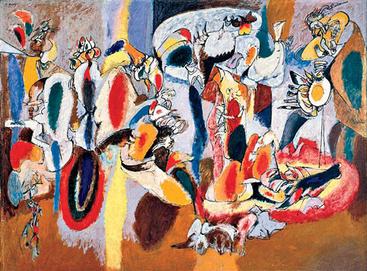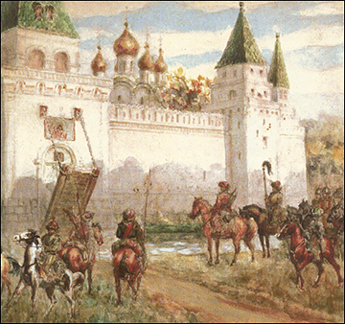Self protection is such a broad term that the historical past of it can’t be pinned down in the least. Although by the early 1st Millennium CE most pagan Celtic artists had been totally absorbed into the Roman Empire, their traditions of spiral, zoomorphic, knotwork and interlace designs later resurfaced and flourished (600-1100 CE) in lots of types of Hiberno-Saxon art (see beneath) equivalent to illuminated Gospel manuscripts, religious metalwork, and High Cross Sculpture.
I am one in all many who’re dissatisfied with the most traditional types of object-based artwork history, which seek as their prime goal to identify the works of a specific hand nr to analyse the event of ‘styles’ as self-contained, remoted phenomena.
The influential instance set by Paul Gauguin ‘s curiosity in Oceanic artwork and the sudden reputation among the cognoscenti in early twentieth century Paris of newly discovered African fetish sculptures and other works from non-European cultures have been taken up by Picasso, Henri Matisse , and by a lot of their colleagues.
Half 2 examines totally different documentary practices that have strived to become tools of social and political struggle in times of battle and global crisis by mobilising some of these instruments, paying specific consideration to the strategies and technologies used to collect, retailer, analyse and broadcast data.
Thus until recently it was believed by a number of of the foremost authorities on Raphael that a large ceiling fresco by him was really the work of a painter of very different character, Baldassare Peruzzi, while an altarpiece in the museum at Lille, which was extensively assigned to Titian, supposedly working in his latest and most personal type, subsequently turned out to be by an obscure seventeenth-century Spanish artist named Diego Polo.